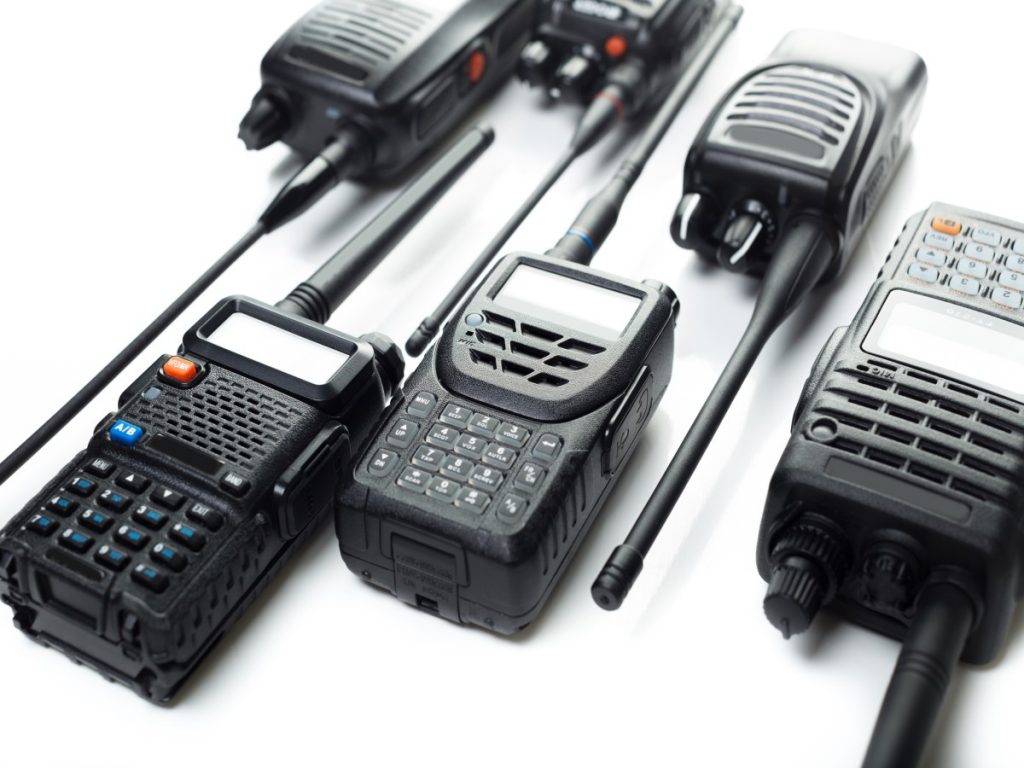
A radio communication station is a series of devices required for transmission via radio waves. In general, it consists of a transmitter or a receiver or a transceiver, an antenna, and a few additional tools needed to make it work. They play an essential part in communication technology because they rely heavily on sending information and data worldwide.
What is a donor antenna system?
This antenna system gets usually located at the top of the building, the tallest building, and close to the nearest communication tower. For best results, place the donor antenna towards the nearest tower. Donor antennas are part of a system that sends and receives signals to and from a building. It is the most basic antenna for wireless expansion systems, located on the roof. However, this places the donor antenna at threat of strong winds, rain and other forces. But there are several elements designed to protect this antenna system.

What is a bi-directional amplifier?
It is a full form for BDA and works with the donor antenna to get and send the signals in the building. This significant component can handle broadcast signals from handheld equipment used in buildings. These signals get transferred to the transmission building via the transmitting antenna. In some cases, a BDA can get installed without a broadcasted antenna approach, but it functions best when combined with a DAS.
What is the distributed antenna system?
DAS, or as its full form signifies, ‘Distributed Antenna System’ is a grid of building antennas constructed specially for every building. System configuration plays a significant role in improving system operation and signal stability. A well-designed DAS typically includes coaxial cables, uneven power separators and splitters, and ceiling-mounted antennas. Taller buildings also profit from the use of fibre optics.
What are the benefits of using radio communication?
- Cost-effective
It has a significant advantage as radio time is not as high as TV, and ads can get created in a very inexpensive way. The sender must read the company content or send a pre-recorded message for the sender to deliver. Publicists can use different stations to add range and repeat within a limited media spending program.
- Selection
Radio delivers a high degree of selectivity through a myriad of broadcasters and various programming geographic integrations. Publicists can focus their advertising messages on a blatant crowd that communicates in different dialects of different regions, which might not be open through other media.
If you are an organization looking for radio equipment for communication, you can look up radio communication equipment suppliers near you.
